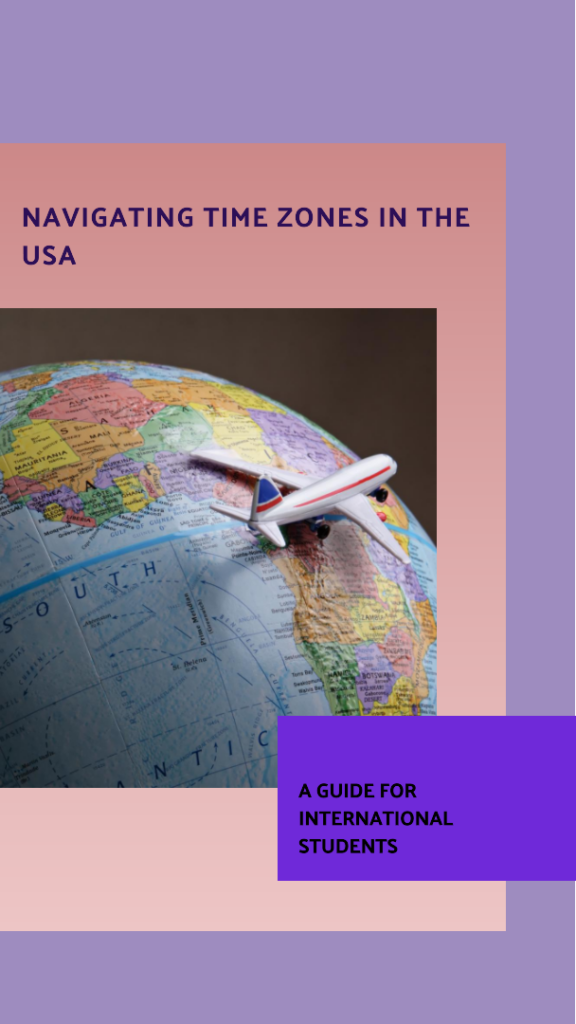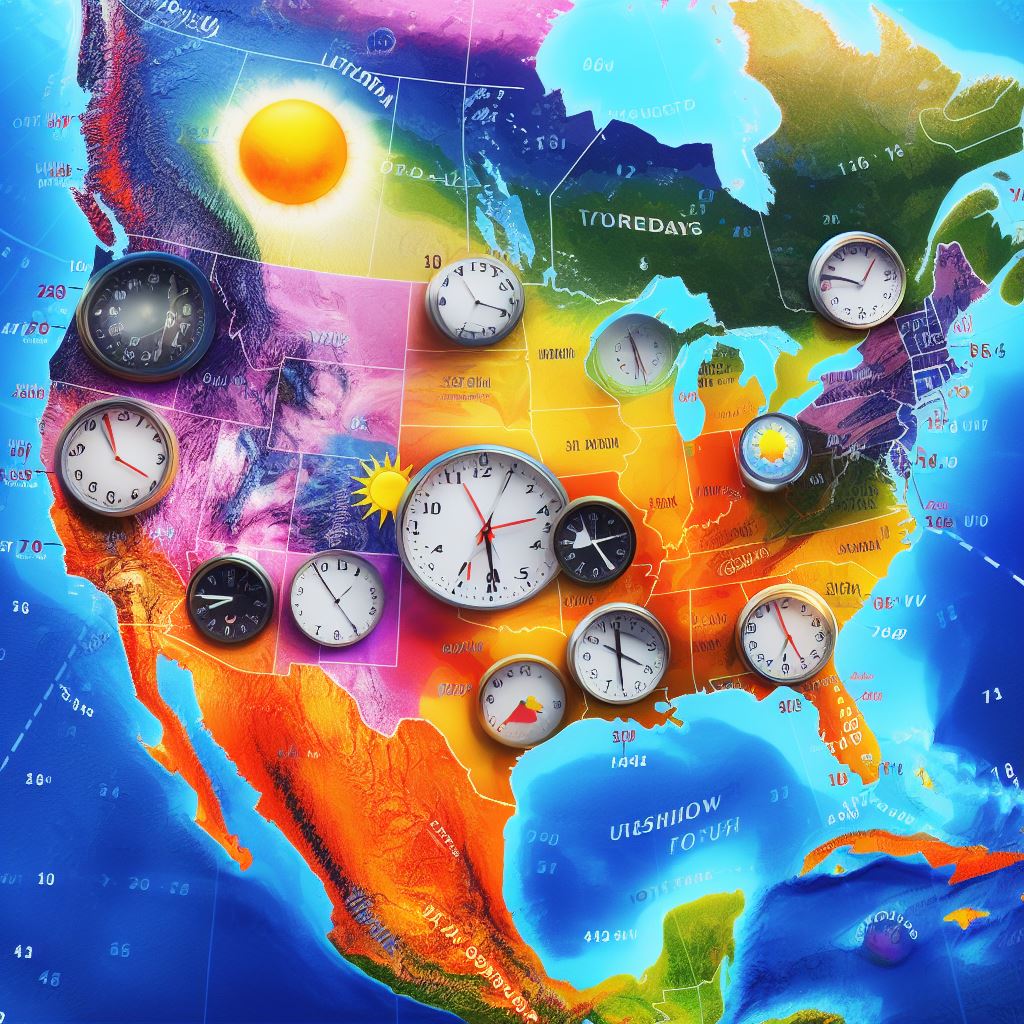Introduction
Understanding the intricate dance between time zones and climate divisions in the United States is key to navigating the nation’s geographical and meteorological tapestry. In this exploration, we’ll dive into the six U.S. time zones, decipher climate divisions, and uncover the diverse weather patterns that shape the American experience.
Time Zones in the United States
Time zones, akin to 24-hour slices of the Earth, dictate our daily lives and synchronize activities across vast geographic regions. In the U.S., these zones are defined by the Coordinated Universal Time (UTC), with each time zone centered on the prime meridian. The U.S. boasts six main time zones, progressing from west to east:
- Hawaii-Aleutian Time (HAT)
- Hawaii-Aleutian Standard Time (HAST) – UTC-10
- Hawaii-Aleutian Daylight Time (HADT) – UTC-9
- Alaska Time (AT)
- Alaska Standard Time (AKST) – UTC-9
- Alaska Daylight Time (AKDT) – UTC-8
- Pacific Time (PT)
- Pacific Standard Time (PST) – UTC-8
- Pacific Daylight Time (PDT) – UTC-7
- Mountain Time (MT)
- Mountain Standard Time (MST) – UTC-7
- Mountain Daylight Time (MDT) – UTC-6
- Central Time (CT)
- Central Standard Time (CST) – UTC-6
- Central Daylight Time (CDT) – UTC-5
- Eastern Time (ET)
- Eastern Standard Time (EST) – UTC-5
- Eastern Daylight Time (EDT) – UTC-4
Certain states, like Florida, Indiana, Kentucky, and Tennessee, straddle two time zones, leading to unique scheduling dynamics. Meanwhile, states such as Kansas, Nebraska, North Dakota, South Dakota, and Texas span Central and Mountain Standard Time, and Idaho and Oregon bridge the gap between Mountain and Pacific Standard Time.
U.S. Weather Divisions
In the U.S., 344 climate divisions based on the Continental U.S. (CONUS) contribute to the nation’s climatic diversity. Monthly temperature and precipitation values are meticulously computed from daily observations, providing insights into regional climates. The U.S. is broadly categorized into five regions: Northeast, Southwest, West, Southeast, and Midwest, each characterized by distinct climate patterns.
Further divisions reveal coastal Mediterranean climates, desert climates, and mountainous alpine climates, all sharing the commonality of hot and dry summers. The U.S. can be classified into four major climate zones—Tropical (0°–23.5°), Subtropics (23.5°–40°), Temperate (40°–60°), and Cold (60°–90°)—with six major regions: Polar, Temperate, Arid, Tropical, Mediterranean, and Tundra.

Here is what the International Students Should Know about the vastness and complexity of time zones in the United States
1. Multiple Time Zones within a Single Country:
India has only one time zone, making it simpler for residents to coordinate activities nationally. In the U.S., the existence of six main time zones means that when it’s morning on the East Coast, it’s still the middle of the night on the West Coast. This can lead to confusion when trying to schedule meetings, classes, or even social events across different regions.
2. Daylight Saving Time (DST):
The concept of Daylight Saving Time, where the clocks are set forward by one hour during the warmer months, is not universally observed. Understanding when and why this occurs can be perplexing for students coming from countries without this practice, like India. The transition between standard time and daylight saving time adds an extra layer of complexity to scheduling.
3. Straddling Time Zones:
States that straddle two time zones, such as Florida, Indiana, Kentucky, and Tennessee, introduce scheduling challenges. For instance, a student in Florida might need to be aware of the time difference within their own state, depending on their location.
4. Varying Daylight Hours:
The variation in daylight hours across the country due to different time zones can impact daily routines. Students may find it challenging to adjust to shorter or longer days, affecting their study habits and leisure activities.
5. Communication Challenges:
Coordinating with friends, family, or colleagues back in India becomes more challenging due to the time differences. Finding mutually convenient times for communication can be tricky, leading to potential feelings of isolation.
6. Travel Considerations:
Traveling within the U.S. involves navigating different time zones, which can be confusing for someone accustomed to a single time zone in their home country. Flight schedules, arrival times, and adjusting to local time upon arrival become additional factors to manage.
7. Economic and Social Impacts:
The time zone differences can also affect participation in live events, webinars, or social activities happening in real-time. Understanding when businesses operate, when public services are available, and when social gatherings occur requires a nuanced understanding of the local time zone.
8. Educational Scheduling:
Coordinating class schedules and assignments with professors and classmates across different time zones can be challenging. A class scheduled in the evening on the East Coast may be very early in the morning for a student on the West Coast.
9. Adapting to Regional Dynamics:
Each time zone often comes with its own regional culture and dynamics. Adapting to these differences while simultaneously managing the time zone variations can be overwhelming for international students.
In essence, the U.S.’s vastness and multiple time zones require international students to develop a heightened awareness of time management, scheduling, and cultural adaptability to navigate their academic and social lives effectively.



